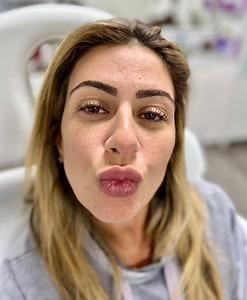






Botox
All About Botox
Botulinotoxin, widely known as Botox, is a neurotoxic protein derived from the bacterium Clostridium botulinum. While it was initially associated with botulism, a potentially fatal condition causing paralysis, it has been used in controlled doses for medical and cosmetic treatments since the 1980s. The first medical application was for conditions like strabismus (crossed eyes) and blepharospasm (uncontrolled blinking), laying the foundation for its later uses.
In the early 2000s, botulinotoxin gained FDA approval for cosmetic purposes, becoming a popular treatment for reducing the appearance of wrinkles, particularly frown lines between the eyebrows. This led to the development of other botulinum toxin products, such as Dysport, Xeomin, and Jeuveau, which are used to treat fine lines and wrinkles on the face.
Beyond cosmetics, botulinotoxin has a range of medical uses, including the treatment of chronic migraines, excessive sweating (hyperhidrosis), cervical dystonia (neck muscle spasms), and spasticity caused by neurological disorders like cerebral palsy. It works by blocking the release of acetylcholine, a neurotransmitter that signals muscles to contract, thereby temporarily relaxing the muscles.
The effects of botulinotoxin typically last between three to six months. After this period, patients typically need follow-up treatments to maintain results. With its versatile applications and relatively short duration of effect, botulinotoxin has become one of the most widely used and effective treatments for both cosmetic and medical conditions globally.









